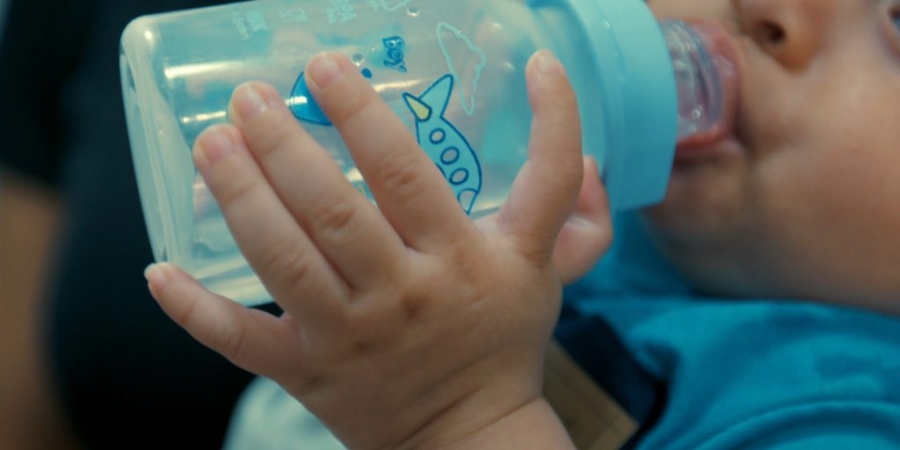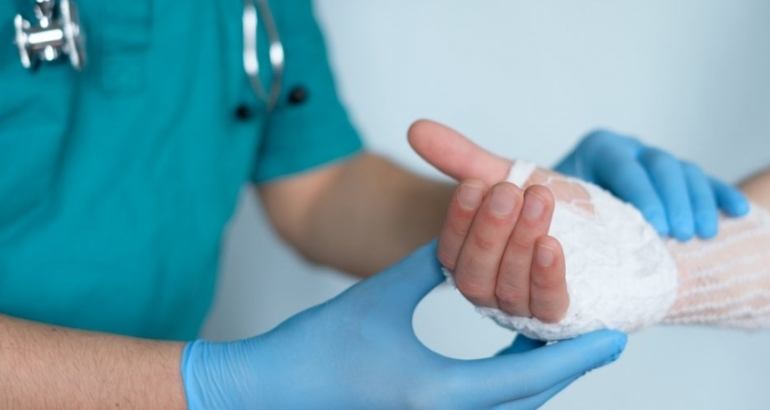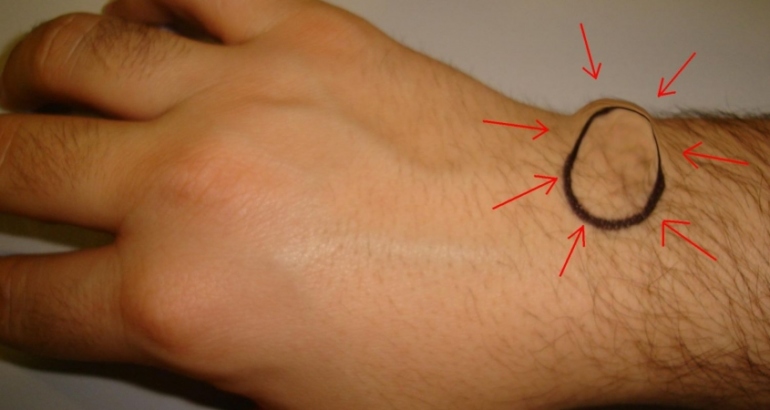Polydactyly can be examined under two main headings: overfingers or underdeveloped overfingers (mostly skin extensions) that are fully formed according to the size of the excess finger.
Thumb polydactyly occurs in 8 per 100,000 live births. Although the excess in the thumb is seen from every level of the finger, approximately 45 percent of the cases are from the second joint and 15-20 percent from the first joint. Surgical treatment should be included in the earliest period after the first year of medical conditions. As a treatment approach, the weaker and less functional finger is taken. If there are some functions and movements that they undertake, even if they are limited, the tendons that make them are transferred to the finger to be protected. If there is no difference between the two fingers, especially in cases where the problem is seen at the more extreme parts, the bones of the two fingers can be joined to each other by joining.



